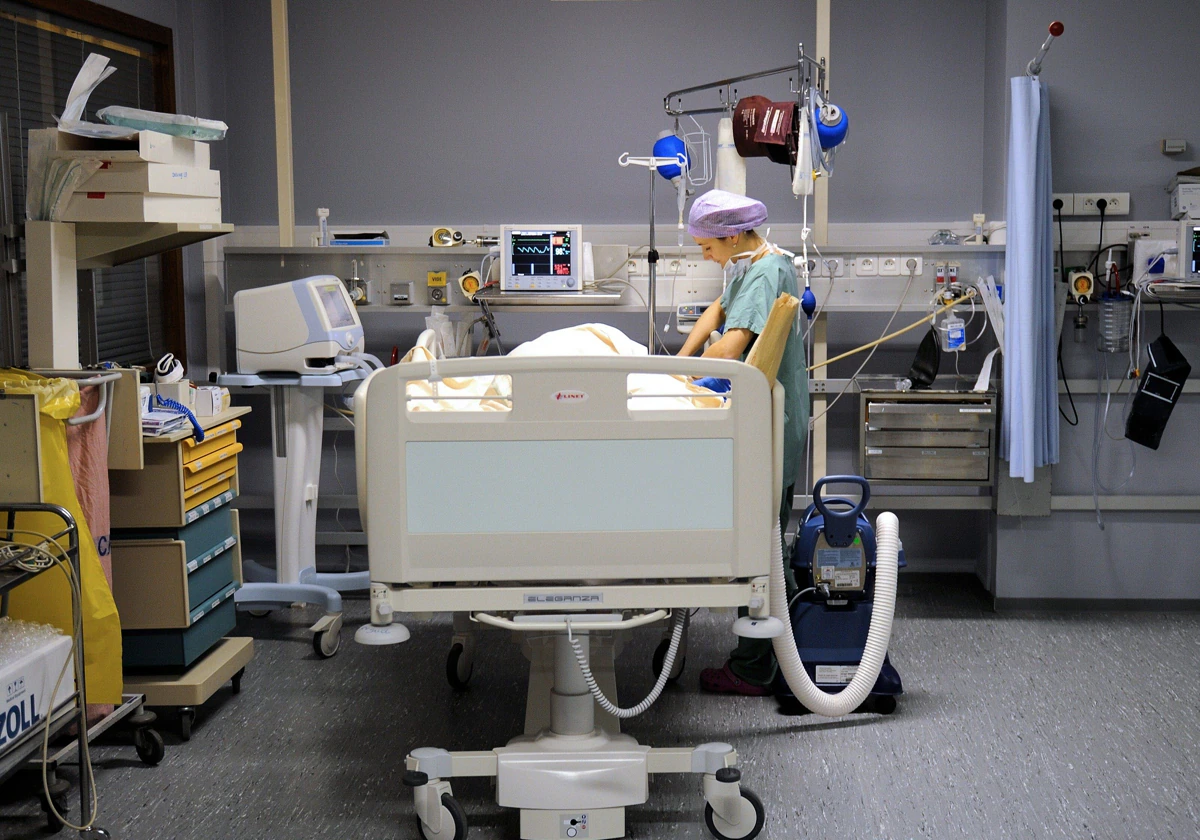The risk of death from hospitalization for respiratory illness is significantly higher in summer than in winter. The reason is that the lack of adequate air conditioning in many healthcare facilities is not only annoying, it can also be fatal. The notification was issued by experts from the Barcelona Institute for Global Health (ISGlobal), a research consortium promoted by Fundación La Caixa. They successfully demonstrated and quantified the relationship between high ambient temperatures and mortality in patients hospitalized with respiratory diseases in Spain and demonstrated the exacerbation of the problem of global warming due to climate change.
The study tests the hypothesis of researchers led by Hicham Achebak, who analyzed the details and circumstances of deaths of patients with respiratory diseases in hospitals in the Autonomous Community of Madrid and the Province of Barcelona over a 15-year period between 2006 and 2006. the result of. and 2019. The death toll was crossed with the number of daily hospitalizations for these illnesses, daily temperature and humidity, and the ratio of the most harmful pollutants in the air in the two regions: nitrogen dioxide, ozone and particulate matter.
It has been demonstrated for the first time that while hospital admissions for pneumonia, chronic obstructive disease, asthma, bronchitis or other respiratory illnesses are significantly higher in winter, with January being the highest and August being the lowest – however , inpatient mortality rates are highest in the summer between June and September. On the one hand, this investigation ruled out relative humidity and high pollution events as factors that have a greater impact on the deaths of hospitalized patients. On the other hand, it clearly pointed out that high temperatures and increasingly frequent heat waves are risk factors. .
Research from ISGlobal shows that climate change is exacerbating the problem and increasing mortality, especially among women.
Researchers believe that 16% of patients admitted to Madrid hospitals with respiratory illnesses died during this 15-year period, while 22% of deaths among similar patients treated on central floors in Barcelona were attributed to the high summer temperatures. Summer mortality is particularly relevant for patients hospitalized for acute bronchitis, bronchiolitis, pneumonia, and respiratory failure.
Pathological aggravation
In the study, it was found that two groups of patients admitted with respiratory illnesses had the highest mortality rates: patients with chronic diseases and women. The first fact is demonstrated by the fact that mortality is highest immediately during the first three days of exposure to excessive temperatures. The reason is that increases in respiratory illness caused by high temperatures are due to an exacerbation of an existing illness or infection, rather than a first diagnosis, which takes more days to develop symptoms.
ISGlobal researchers linked female patients’ greater vulnerability and risk to “physiological differences in thermoregulation” between the sexes. “Women have a higher temperature threshold above which the sweating mechanism is activated and produce less sweat than men, meaning less heat is lost through evaporation and therefore more susceptible to the effects of heat,” the researcher and signatory Joan Ballester explains. Research.
Experts believe that high temperatures in hospitals are associated with higher mortality rates, but not low temperatures, because health centers are prepared for the peak of winter cold but not for high temperatures. “Unless facilities take effective adaptation measures, global warming will increase the mortality burden for patients hospitalized with respiratory illnesses during the summer,” Hicham Archebuck warned.

